Benchmarks: Laura Mays — From technical help to inspiration and community


It was the late 1990s; I was 30-odd years old and living in Ireland. I had a degree in architecture and a certificate in furniture design and manufacture, and yet I still didn’t know how to make some basic serviceable objects. My friends were starting to pair off and settle down, and they wanted large tables at the centers of their houses and lives, for changing diapers, homework, big family dinners, and the like. I needed help making these and more, and I found it in the pages of Fine Woodworking.
I remember coming across an issue in Eason’s, the biggest news agent and bookseller in Dublin, bringing it home and poring over it. I still have it, issue #127, with one of those amazing semi-translucent, partially exploded drawings by Bruce Moser on the cover, this one of a humidor for an article by Rick Allyn. A few issues later I got a subscription. I read every issue cover to cover, every single thing, every small ad and tool tip. I would draw myself a big hot bath and settle in for however long it took, the magazine becoming damper as information soaked in. I translated the English measurements to metric, visualized the components coming together (helped of course by the great drawings and photography), and gradually, mistake by mistake, issue by issue, I learned how to make sturdy, durable, beautiful things. That laid the foundation for me to arrive at the College of the Redwoods (now The Krenov School) a few years later and begin another phase in my woodworking journey.
While the technical information was invaluable, the workshops and the people featured seemed from a different planet. I was a single young woman, struggling in a damp stone outbuilding at the back of my parents’ farm in county Wicklow, and in the gorgeous photographs middle-age men glided around their beautiful, tidy, well-lit, well-equipped, New England shops. It seemed a million miles from where I was, and it was incomprehensible that in the future I would live in California and teach woodworking to others, or that I would count some of the people who write in Fine Woodworking as colleagues, or even friends. Nowadays, I’m here less for the technical content, and more for the sense that the woodworking community is broad and welcoming, that this craft is big and old and huge and various, and that there are myriad ways to engage in it.

Laura Mays
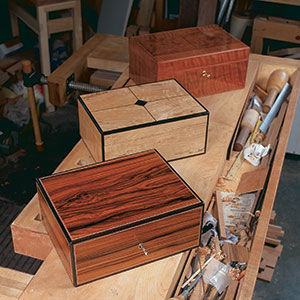 |
Building a Humidor
Maintaining tropical humidity in a box takes precise joinery and Spanish cedar Rick Allyn |
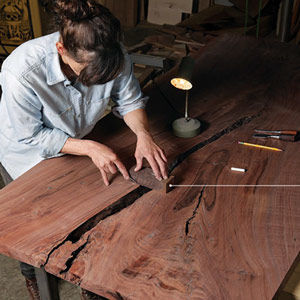 |
How to Add Strength and Style to Any Slab
Inlays transform a flawed slab into a sturdy work of art. Audi Culver, Ivy Siosi |
Voysey Two-Heart Chair
It may look formal, but this classic chair is surprisingly comfortable and simple to build. Nancy R. Hiller |
|
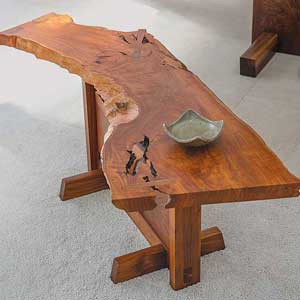 |
Contemporary Woodworking in Thailand
The country is rich and rising in fine furniture and woodcraft Robert Sukrachand |
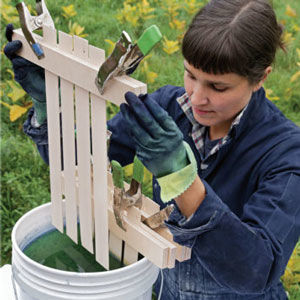 |
How to Dye Wood with Indigo
Heide Martin uses a vat-dying technique with its roots in fabric dying to give vibrant indigo color to her furniture. Heide Martin |
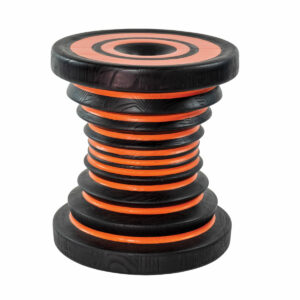 |
Designing the embedded message
Jomo Tariku’s Ethiopian heritage informs his furniture design, helping him to create unique seating, among other pieces. Jomo Tariku |
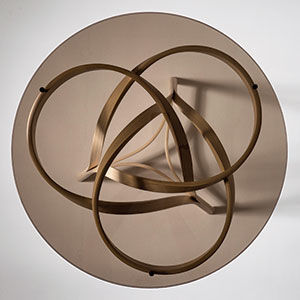 |
Designing in Three Dimensions
Yuri Kobayashi used 3-D modeling to develop the design of her eye-catching table. Yuri Kobayashi |

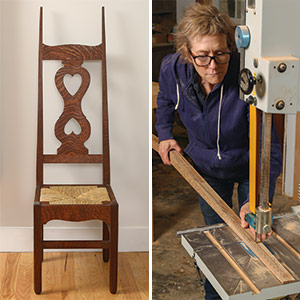
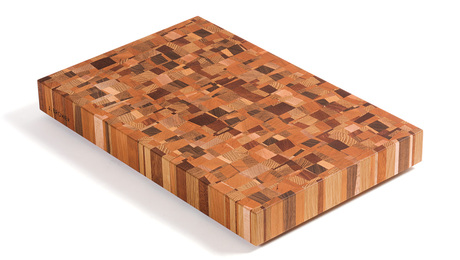
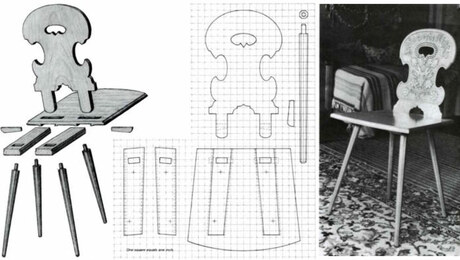
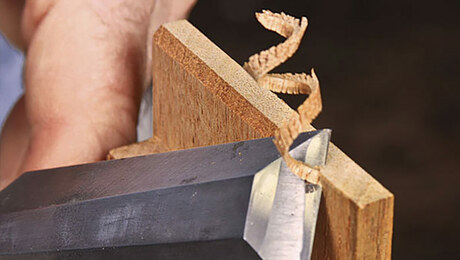
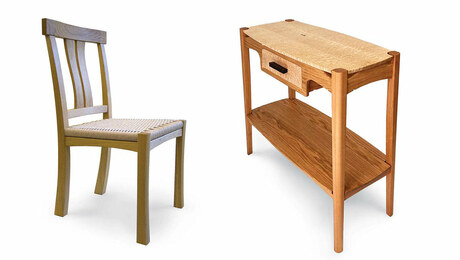

















Log in or create an account to post a comment.
Sign up Log in